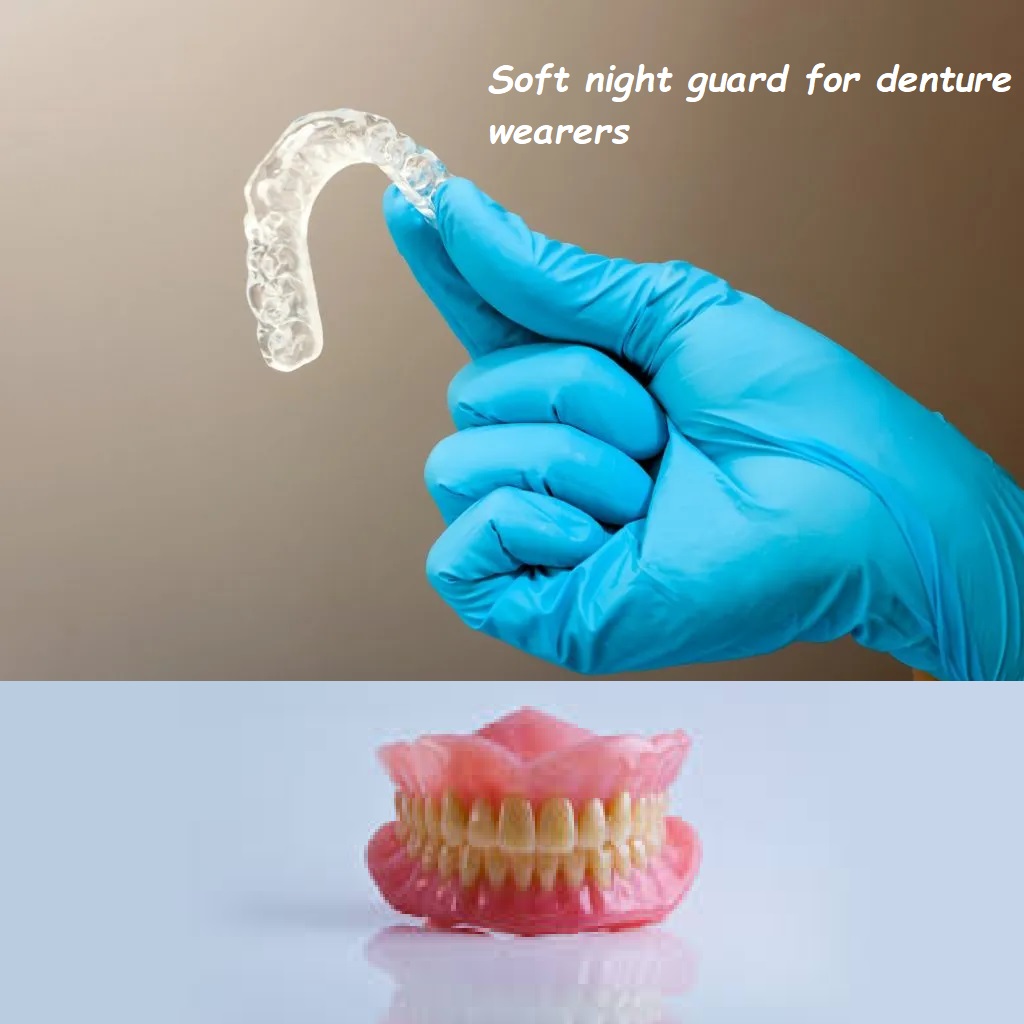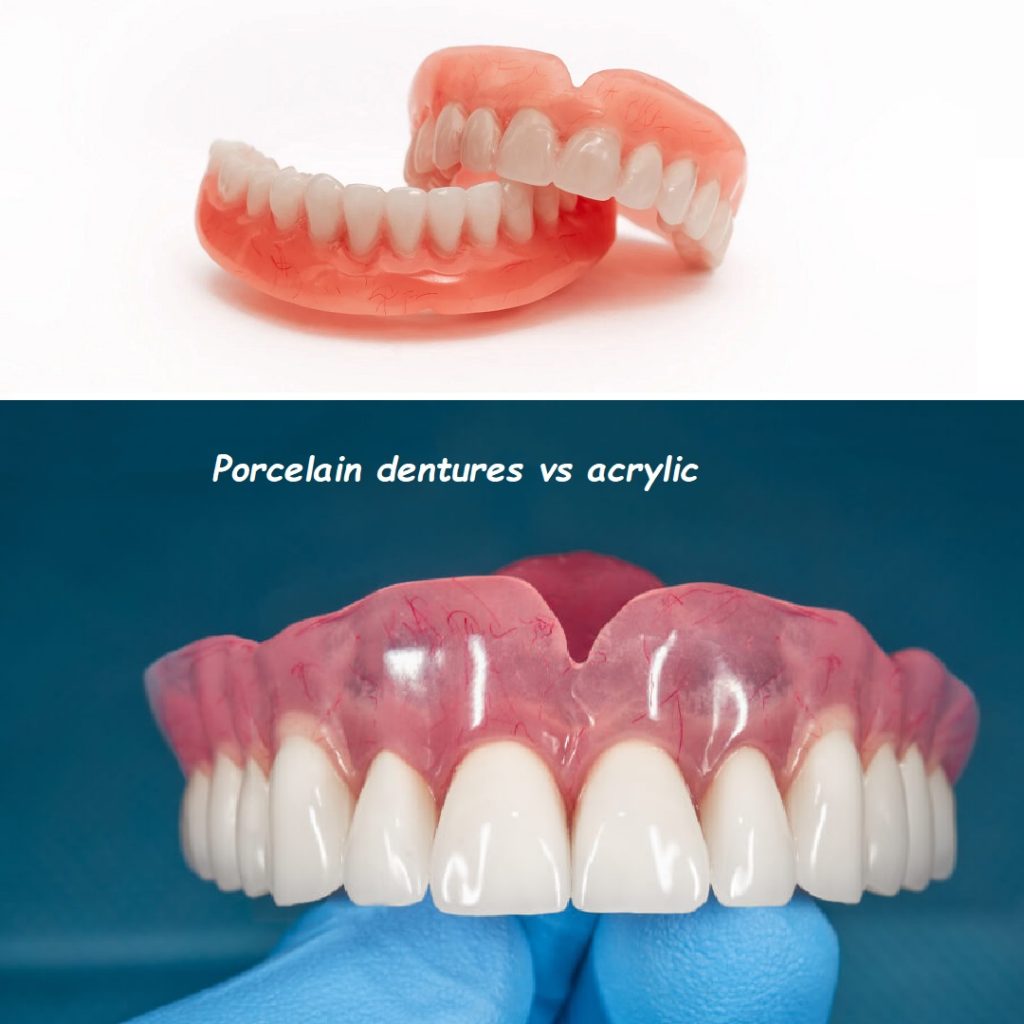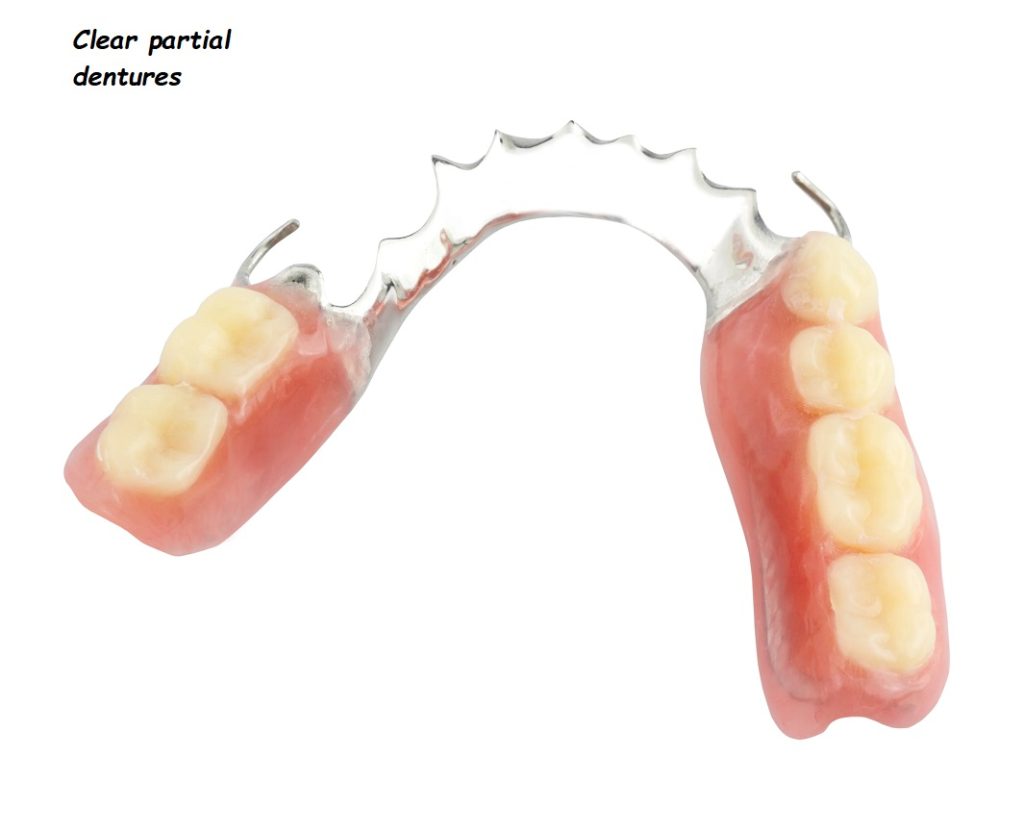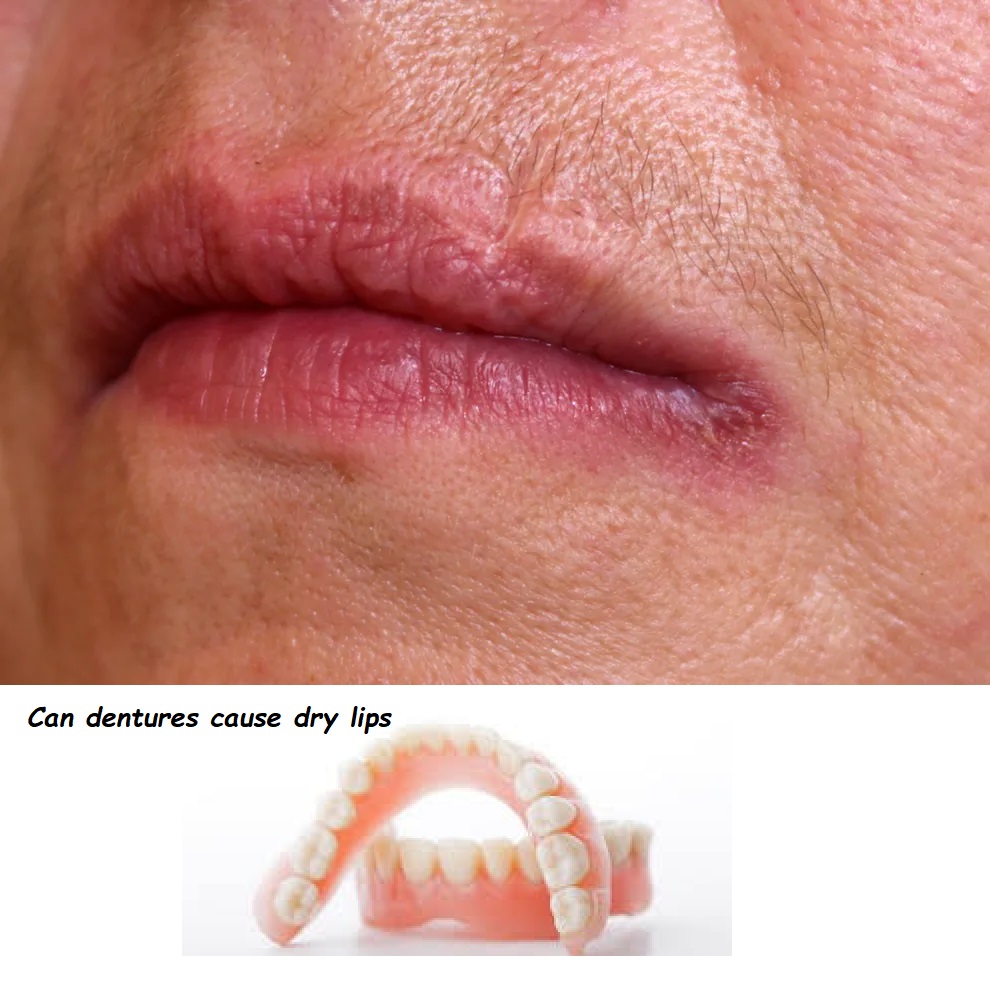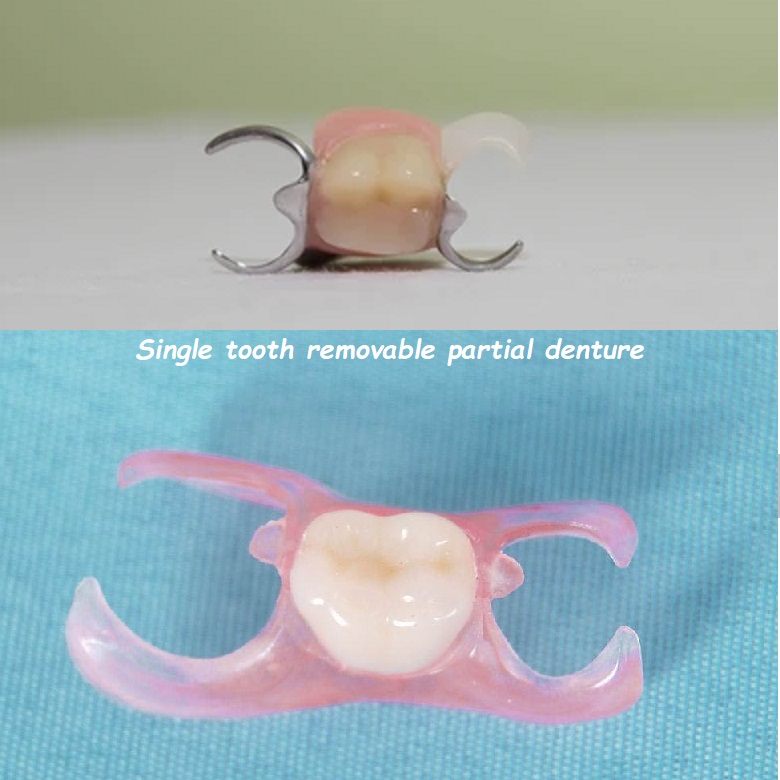anterior dental bridge
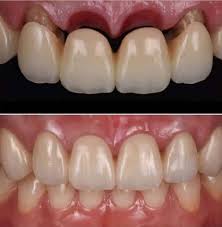
An anterior dental bridge is a prosthetic device used to replace one or more missing front teeth. Unlike posterior bridges, which replace molars and premolars, an anterior dental bridge focuses on the visible front teeth, making aesthetics and functionality critical. This comprehensive guide explores what an anterior dental bridge is, the types available, the procedure involved, benefits, potential risks, and aftercare tips to ensure optimal results. By the end of this guide, you will have a thorough understanding of anterior dental bridges and their significance in dental restoration.
Understanding Anterior Dental Bridges
An anterior dental bridge fills the gap left by missing teeth at the front of the mouth. This type of bridge typically involves two or more crowns for the teeth on either side of the gap, known as abutment teeth, and a false tooth or teeth in between. The false teeth, called pontics, can be made from various materials, including porcelain, gold, alloys, or a combination, and are designed to blend seamlessly with the natural teeth.
Types of Anterior Dental Bridges
Several types of dental bridges can be used for anterior teeth, each with its unique advantages and considerations:
- Traditional Anterior Dental Bridge: This is the most common type and involves creating a crown for the abutment teeth with a pontic in between. It is suitable when the adjacent teeth are strong enough to support the bridge. The traditional anterior dental bridge is known for its durability and ability to restore functionality effectively.
- Cantilever Anterior Dental Bridge: This type is used when there are adjacent teeth on only one side of the missing tooth or teeth. It is less common and generally used in areas that do not endure significant chewing forces, such as the front teeth. A cantilever anterior dental bridge is an option when there is only one tooth available to support the prosthetic.
- Maryland Bonded Bridge (Resin-Bonded Bridge): This conservative option uses a metal or porcelain framework bonded to the back of the adjacent teeth. It requires minimal alteration to the natural teeth and is often used for missing front teeth. The Maryland bonded bridge is a popular choice for those looking to preserve as much natural tooth structure as possible.
- Implant-Supported Anterior Dental Bridge: In this type, dental implants are used to support the bridge instead of natural teeth. It is a durable and long-lasting solution but requires surgery to place the implants. An implant-supported anterior dental bridge offers superior stability and can be a permanent solution for tooth loss.
The Procedure for Getting an Anterior Dental Bridge
The process of getting an anterior dental bridge typically involves multiple steps over a few dental visits. Understanding each step of the procedure can help you prepare and set realistic expectations for the treatment process.
Initial Consultation and Examination
The first step in getting an anterior dental bridge is an initial consultation and examination with your dentist. During this visit, the dentist will:
- Examine Your Oral Health: The dentist will thoroughly examine your teeth, gums, and overall oral health to determine if an anterior dental bridge is the best option for you. X-rays and other diagnostic tools may be used to assess the health of the adjacent teeth and jawbone.
- Discuss Your Needs and Preferences: The dentist will discuss your needs, preferences, and expectations for the anterior dental bridge. This conversation helps ensure that the chosen treatment plan aligns with your goals.
- Create a Treatment Plan: Based on the examination and discussion, the dentist will create a personalized treatment plan that outlines the steps involved, the type of anterior dental bridge recommended, and the estimated timeline and costs.
Tooth Preparation
For traditional and cantilever bridges, the abutment teeth must be prepared by removing a portion of enamel to make room for the crowns. The preparation process involves:
- Administering Anesthesia: Local anesthesia is used to numb the area around the abutment teeth to ensure comfort during the procedure.
- Shaping the Abutment Teeth: The dentist will carefully shape the abutment teeth by removing a small amount of enamel. This step creates space for the crowns that will hold the pontic in place.
- Taking Impressions: Once the teeth are prepared, the dentist will take impressions of your teeth. These impressions are sent to a dental lab, where the custom anterior dental bridge will be fabricated.
For Maryland bridges, minimal preparation is needed as the framework is bonded to the back of the teeth. In these cases, the dentist will focus on ensuring that the adjacent teeth are clean and ready for bonding.
Temporary Bridge Placement
While waiting for the permanent anterior dental bridge to be fabricated, the dentist may place a temporary bridge to protect the prepared teeth and maintain the appearance of your smile. The temporary bridge:
- Provides Protection: The temporary bridge protects the exposed areas of the abutment teeth from damage and sensitivity.
- Maintains Functionality: It allows you to speak and chew comfortably while waiting for the permanent bridge.
- Preserves Aesthetics: The temporary bridge helps maintain the appearance of your smile, preventing gaps that could affect your confidence.
Bridge Fabrication
The dental lab fabricates the anterior dental bridge based on the impressions, ensuring it matches the shape, size, and color of your natural teeth for a seamless appearance. The fabrication process involves:
- Selecting Materials: The dentist and lab technician will choose materials that match your natural teeth and provide durability. Porcelain is a popular choice for anterior dental bridges due to its natural appearance.
- Creating the Pontic and Crowns: The pontic (false tooth) and crowns for the abutment teeth are carefully crafted to ensure a precise fit and natural look.
- Quality Control: The finished bridge undergoes quality control checks to ensure it meets the dentist’s specifications and will fit comfortably in your mouth.
Fitting and Adjustment
Once the anterior dental bridge is ready, the dentist will fit it in your mouth, check for proper fit, and make any necessary adjustments. This step ensures the bridge is comfortable and functions correctly. During the fitting and adjustment process:
- Check the Fit: The dentist will place the bridge in your mouth and check the fit against your natural teeth. Any necessary adjustments will be made to ensure a comfortable and secure fit.
- Evaluate Bite Alignment: The dentist will evaluate your bite to ensure the bridge does not interfere with your natural bite pattern. Proper alignment is crucial for comfort and function.
- Make Final Adjustments: Any final adjustments to the shape, size, or color of the bridge are made to ensure it blends seamlessly with your natural teeth.
Cementation
The bridge is permanently cemented into place once the fit is confirmed. The dentist checks the bite and makes final adjustments to ensure comfort and proper alignment. The cementation process involves:
- Applying Dental Cement: The dentist applies dental cement to the abutment teeth and places the bridge in position.
- Ensuring Proper Positioning: The bridge is carefully positioned to ensure it aligns correctly with the adjacent teeth and bite.
- Final Adjustments: The dentist makes any necessary final adjustments to the bridge to ensure it fits comfortably and functions properly.
Benefits of Anterior Dental Bridges
Anterior dental bridges offer numerous benefits for individuals missing front teeth. These benefits include:
- Aesthetic Appeal: Anterior dental bridges are designed to blend seamlessly with natural teeth, enhancing the smile’s appearance and boosting confidence. The natural-looking materials used for the pontic and crowns ensure that the bridge is virtually indistinguishable from your natural teeth.
- Restored Functionality: The bridge restores the ability to speak and chew properly, improving overall oral function. Missing front teeth can affect speech and eating habits, but an anterior dental bridge can help you regain normal function.
- Maintained Facial Structure: Replacing missing teeth helps maintain the shape and structure of the face, preventing the sunken appearance that can occur with tooth loss. An anterior dental bridge supports the lips and cheeks, preserving your facial aesthetics.
- Preventing Tooth Movement: Filling the gap left by missing teeth prevents adjacent teeth from shifting out of position, which can lead to bite problems and further dental issues. An anterior dental bridge helps maintain proper tooth alignment and bite.
- Durability: With proper care, dental bridges can last many years, providing a long-term solution for missing teeth. The materials used in anterior dental bridges are designed to withstand daily wear and tear.
Potential Risks and Considerations
While anterior dental bridges offer numerous benefits, there are potential risks and considerations to be aware of:
- Tooth Preparation: Preparing the abutment teeth involves removing enamel, which can increase the risk of sensitivity and decay if not properly cared for. It’s essential to maintain good oral hygiene to protect the abutment teeth and the bridge.
- Risk of Decay and Gum Disease: Proper oral hygiene is essential to prevent decay and gum disease around the bridge. Neglecting oral care can lead to complications and the need for further dental treatment. Regular dental check-ups and cleanings are crucial to monitor and maintain oral health.
- Bridge Longevity: While dental bridges are durable, they may need to be replaced eventually due to wear, damage, or changes in the fit. The lifespan of an anterior dental bridge can vary depending on factors such as oral hygiene practices, diet, and overall oral health.
- Cost: Dental bridges can be expensive, especially if implants are involved. Insurance coverage varies, and patients may need to consider the financial aspect of treatment. It’s important to discuss costs and payment options with your dentist.
Aftercare Tips for Anterior Dental Bridges
Proper aftercare is crucial to ensure the longevity and success of your anterior dental bridge. Here are some essential tips:
- Maintain Good Oral Hygiene: Brush your teeth at least twice a day and floss daily. Special floss threaders or interdental brushes can help clean around the bridge. Proper oral hygiene helps prevent plaque buildup and gum disease.
- Use a Soft-Bristled Toothbrush: A soft-bristled toothbrush is gentle on the gums and the bridge, helping to prevent damage and irritation. Electric toothbrushes with pressure sensors can also be beneficial.
- Avoid Hard and Sticky Foods: Hard foods can damage the bridge, while sticky foods can get trapped and cause decay. Be mindful of your diet to protect your bridge. Avoid chewing on ice, hard candies, or other hard objects.
- Regular Dental Check-ups: Visit your dentist regularly for check-ups and cleanings. Your dentist can monitor the condition of the bridge and your overall oral health. Regular dental visits are essential for detecting and addressing any issues early.
- Address Issues Promptly: If you notice any problems with your bridge, such as looseness, discomfort, or damage, contact your dentist immediately to address the issue. Prompt attention can prevent further complications and ensure the longevity of the bridge.
Conclusion
An anterior dental bridge is an effective and aesthetically pleasing solution for replacing missing front teeth. By understanding the types of bridges available, the procedure involved, and the benefits and potential risks, patients can make informed decisions about their dental health. Proper aftercare and regular dental visits are essential to ensure the longevity and success of an anterior dental bridge, allowing individuals to enjoy a restored smile and improved oral function for years to come.
Early intervention and proactive management are key to preventing the progression of gum recession and the associated risks. If you suspect you have gum recession or are experiencing symptoms, it’s important to consult with a dental professional as soon as possible. With the right care and treatment, it’s possible to manage gum recession effectively and maintain a healthy smile.
Which Dental Bridge is Best for Front Teeth?
For front teeth, the best dental bridge often depends on the individual case, but generally, the Maryland bridge and porcelain-fused-to-metal (PFM) bridge are commonly recommended options.
- Maryland Bridge: This bridge uses a metal or porcelain framework with wings on either side that bond to the back of your existing teeth. It’s a conservative option because it requires minimal alteration to the adjacent teeth.
- Porcelain-Fused-to-Metal (PFM) Bridge: This bridge combines the strength of metal with the aesthetic appeal of porcelain. The porcelain is color-matched to your natural teeth, making it an excellent choice for front teeth where appearance is crucial.
The choice between these options depends on factors like the condition of the surrounding teeth, aesthetic considerations, and the patient’s oral health.
How Long Do Dental Bridges Last on Front Teeth?
Dental bridges, when properly cared for, can last anywhere from 5 to 15 years or even longer. The longevity of a dental bridge depends on several factors:
- Oral Hygiene: Maintaining good oral hygiene by brushing twice a day, flossing daily, and using an antibacterial mouthwash can extend the life of a dental bridge.
- Regular Dental Visits: Regular check-ups and professional cleanings help ensure the health of the supporting teeth and the bridge.
- Diet and Habits: Avoiding hard or sticky foods and not using your teeth to open packages can prevent damage to the bridge.
- Material Quality: The type of material used for the bridge (e.g., metal, porcelain, zirconia) also affects its durability.
Why is a Dental Bridge Not Recommended?
Dental bridges may not be recommended in certain situations due to various reasons:
- Adjacent Teeth Health: If the teeth adjacent to the gap are not strong enough to support a bridge, it might not be viable.
- Bone Loss: In cases of significant bone loss where the supporting teeth are compromised, other solutions like implants might be more suitable.
- Gum Disease: If the patient has active periodontal disease, it must be treated first as it can compromise the stability of the bridge.
- Tooth Decay: Significant decay in the supporting teeth can make them unsuitable to anchor a bridge.
- Patient Preferences: Some patients may prefer implants over bridges due to their long-term benefits and avoiding the need to alter adjacent teeth.
What are the Three Types of Dental Bridges?
- Traditional Dental Bridge: This is the most common type and involves creating a crown for the tooth or implant on either side of the missing tooth, with a pontic (false tooth) in between. It’s typically made of porcelain fused to metal or ceramics.
- Cantilever Bridge: This type of bridge is used when there are adjacent teeth on only one side of the missing tooth or teeth. It’s not as common and is typically used for areas of the mouth that don’t experience much pressure.
- Maryland Bridge: Also known as a resin-bonded bridge, this type uses a metal or porcelain framework with “wings” that are bonded to the backs of the adjacent teeth. It’s less invasive than traditional bridges since it doesn’t require crowns.
These types of bridges serve different purposes and are chosen based on the specific needs and conditions of the patient. Proper consultation with a dentist is essential to determine the best option for individual cases.
Are Bridges OK on Front Teeth?
Yes, dental bridges are suitable for front teeth and are commonly used to replace missing teeth in the anterior region. They provide both functional and aesthetic benefits, helping restore your smile and maintain the proper alignment of your teeth. When considering a dental bridge for the front teeth, the choice of materials and the type of bridge are important factors to ensure the best possible outcome.
Do Dental Bridges Look Natural?
Dental bridges can look very natural, especially when high-quality materials and modern techniques are used. Here’s how they achieve a natural appearance:
- Material: Bridges made from porcelain or porcelain-fused-to-metal (PFM) can be color-matched to your natural teeth.
- Craftsmanship: Skilled dental technicians can shape and color the bridge to blend seamlessly with your existing teeth.
- Technology: Advanced imaging and CAD/CAM technology allow for precise measurements and custom fitting, enhancing the natural look.
When properly made and fitted, a dental bridge should be virtually indistinguishable from your natural teeth.
Do Dental Bridges Break Easily?
Dental bridges are generally durable and can last many years with proper care, but they are not indestructible. Factors that can influence their durability include:
- Material: The type of material used (e.g., metal, porcelain, zirconia) affects the bridge’s strength. Zirconia and porcelain-fused-to-metal bridges are known for their durability.
- Oral Habits: Avoiding habits like biting nails, chewing ice, or using your teeth as tools can prevent damage to the bridge.
- Oral Hygiene: Maintaining good oral hygiene helps prevent decay in the supporting teeth, which can compromise the bridge.
- Professional Care: Regular dental check-ups and professional cleanings help ensure the bridge remains in good condition.
Can You Bite with a Front Dental Bridge?
Yes, you can bite with a front dental bridge. A well-constructed bridge is designed to handle normal biting and chewing forces. However, it’s advisable to avoid excessively hard or sticky foods, as they can put undue stress on the bridge. With proper care, a front dental bridge can function much like your natural teeth.
Does a Dental Bridge Change Face Shape?
A dental bridge can positively affect your face shape, particularly if you’ve experienced tooth loss that has altered your facial structure. Here’s how a bridge can help:
- Support: Replacing missing teeth helps maintain the structure of your jaw and cheeks, preventing the “sunken” appearance that can occur with tooth loss.
- Alignment: A bridge can help keep your remaining teeth in proper alignment, which supports the overall shape of your face.
- Function: By restoring your ability to chew properly, a bridge helps maintain the health and function of your jaw muscles.
However, a poorly fitted bridge can potentially have a negative impact on your bite and facial structure, highlighting the importance of choosing a skilled dentist for the procedure.
Conclusion
Dental bridges are a reliable and aesthetically pleasing solution for missing front teeth. They can look very natural, provide good functionality, and even help maintain your facial structure. While they do require proper care to avoid damage, they are generally durable and capable of handling normal biting and chewing forces. Regular dental visits and good oral hygiene are essential to ensure the longevity and effectiveness of a dental bridge.


